Writing a series of books rather than a number of standalone books makes great marketing sense, and it's easy to assume that most authors of series are doing so for commercial reasons. But a recent informal survey on the ALLi Facebook forum (a closed group that is benefit for paid members of ALLi – find out how to join here) revealed that many series grew organically from what was originally intended to be a standalone novel.
British novelist Kate Frost describes how this happened in her case, why she's glad it did, and what those much-touted marketing benefits might be. Whether you're wondering whether to try your hand at writing a series or already hooked on the habit, Kate's experience will encourage you further.
The Standalone that Turned into a Series
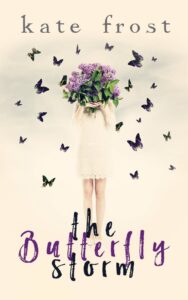
Kate Frost's debut novel surprised her by turning into a series
I only ever intended my debut novel, The Butterfly Storm, to be a standalone.
I’d written it for my MA in Creative Writing with the intention of going down the traditional publishing route, however I ended up self-publishing it in 2013, and as sales and reviews rolled in, a theme began to emerge – readers wanted more.
Ideas began brewing over the next couple of years as I worked out how I could continue my main character Sophie’s story. Bit by bit a sequel emerged (along with a prequel which is free to members of my Readers’ Club).
The Birdsong Promise was published in September 2018, and what a difference it’s already made having a second book in the series. It’s been my most successful book launch yet and things are ticking along nicely post-launch.
The Joy of Revisiting Characters
It seems to be a win-win situation, not to mention a good move financially.
Readers wanted more, and I loved revisiting familiar characters and creating new ones.
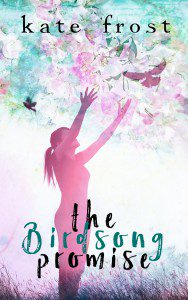
The unexpected sequel – with more to come
In fact, I loved the process so much that I’m planning more books in The Butterfly Storm series:
- The next one will be a novel following one of my favourite characters from the book, Sophie’s bolshie, opinionated and colourful mum, Leila (again this was inspired by a couple of reviewers actually asking for a book dedicated to her).
- I’ve also got a spin-off series planned which will follow completely new characters (along with familiar ones) staying at Birdsong Villas on Cephalonia, the main setting in The Birdsong Promise.
The Benefits of Writing a Series
- You already have an eager readership waiting to devour the next book in the series.
- You know your characters well making it in many ways an easier creative process.
- Any research needed can potentially cover a whole series rather than only one book.
- Once the cover for the first book is designed, subsequent covers have a blueprint to follow.
- It’s an effective way of creating an author brand.
- There’s the potential for follow-on sales, particularly when using promotional tools such as a mailing lists, KDP free and countdown deals, Facebook and AMS ads etc.
We'll be sharing more of ALLi authors' experiences of writing series in a future post.
OVER TO YOU Have you had a similar experience to Kate's? Or indeed has the opposite happened – where a planned series turned into a bumper standalone? We've love to hear about it!
The standalone #novel that turned into a series - #indieauthor Kate Frost describes her experience, and why she's glad it did - with @Kactus77 #writing #ww Share on XOTHER INSPIRING POSTS ABOUT WRITING BOOKS
From the ALLi Author Advice Center Archive

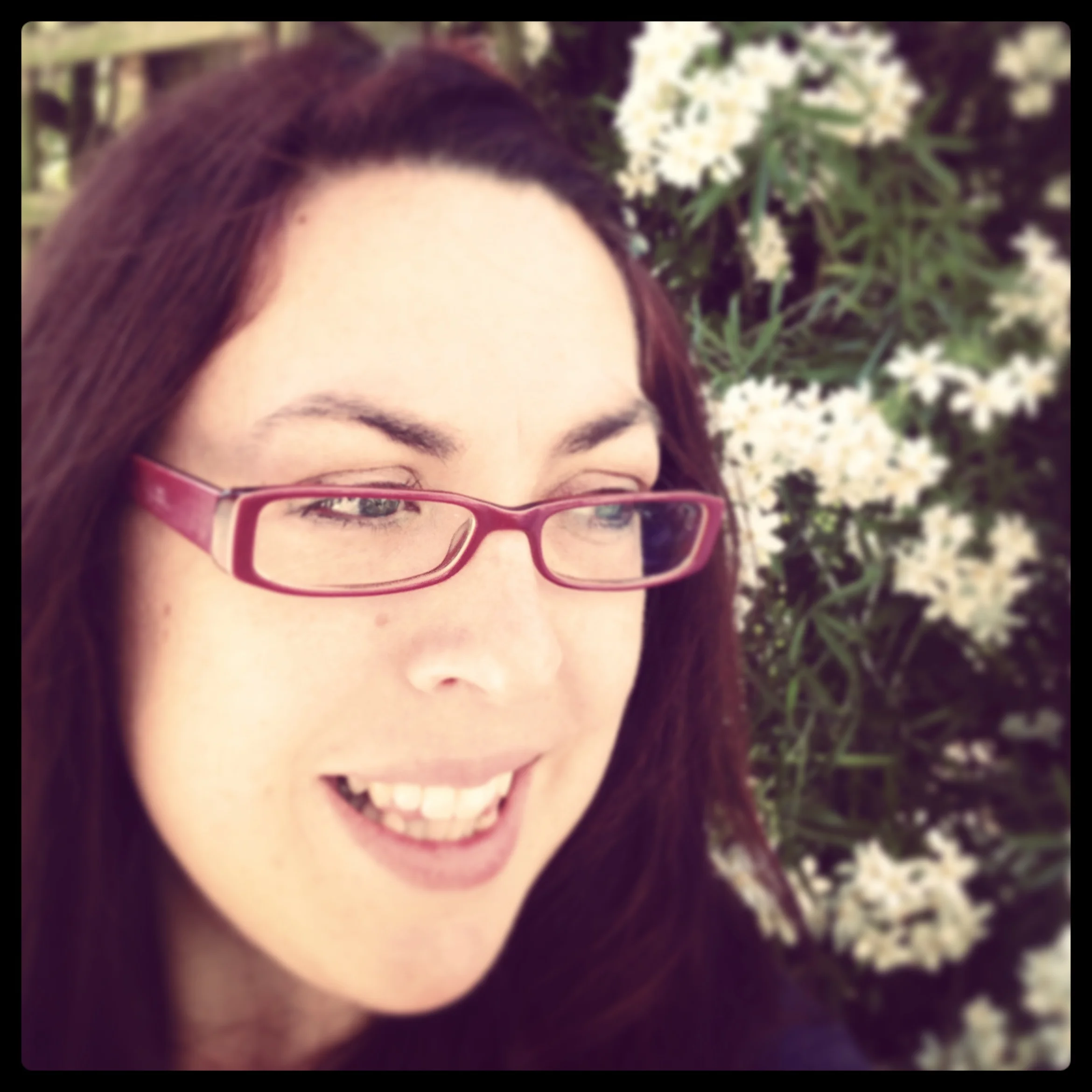
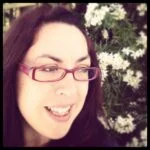
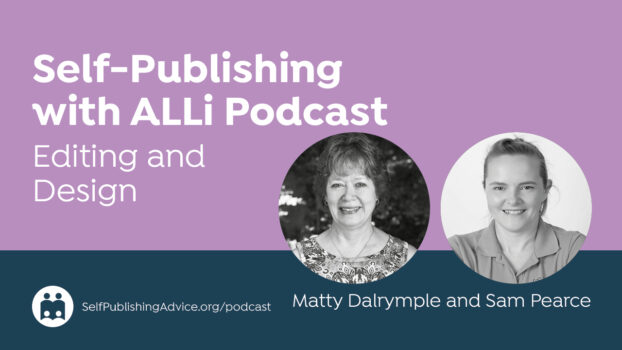


I am in the process of writing a second book based on my debut novel. I’m struggling with how much background I need to include in the second book, and am using much of that in the form of reminiscence. I need to find the right mix of background without being redundant. Did you find this as well?
Interesting! Thanks for your thoughts. I have reached a point where I am now thinking about bundling together a series of my trilogy about a fictional undercover cop.
I have also given some thought as to including an abridged version of my true crime undercover cop memoir ‘Undercover: Operation Julie – The Inside Story.’ Perhaps as a non-fiction prequel.
A case of fact fuelling fiction. There are obviously some issues there, including how to choose categories, seeing there is a cross-over between non-fiction and fiction.
Any thoughts?
I think that’s a great idea to do a version of your memoir as a non-fiction prequel – could be a novel way of crossing over readers from your non-fiction and introducing them to your fiction (or vice versa). I guess you’d need to chose categories that fit each book, but you can always flag up that there’s a prequel or the subsequent fiction trilogy in the blurb. As for bundling together your trilogy that’s a smart move too – a boxset for The Butterfly Storm series is my next thing to do. Good luck with it all!
Thanks Kate! The idea is growing stronger by the minute. I also think of some review comments on the memoir such as “reads like fiction but it’s true.”
Thanks for your encouraging words. Good luck to you too!